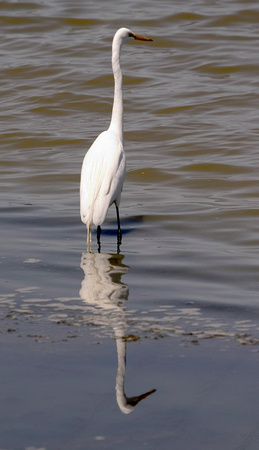Jack Hollingsworth moderated the Business of Microstock panel (what didn’t OmniJack do last week—the man has more positive energy and enthusiasm than a four year old. Not to insinuate that he is immature because he is very wise…but then there are those pink and grey Argyll patterned suits…humm). I was privileged to be joined on that panel by Garth Johnson of Fotolia and super microstock hero, Andres Rodriguez. Being the oldest member of the group I attempted to put the image business of today and tomorrow in a context of the past.
I think that the downfall of royalty free was an oversupply of similar images, the creation of which was driven by sales reports and creative research supplied to photographers by their agencies. Microstock is more transparent: the download numbers on any image are available for the looking and the result is driving the same copying and over abundance as was seen in RF.
I think the major threat to microstock is from true UGC sites like Flickr where a huge number (over 16,000,000 million) of images are available for use via just the creative commons for attribution license. It is only a matter of time before someone (besides the limited number that Getty has harvested), figures out how to provide model releases to those CC images with people. Then the barriers to commercial use of Flickr images will be even more prevalent.


